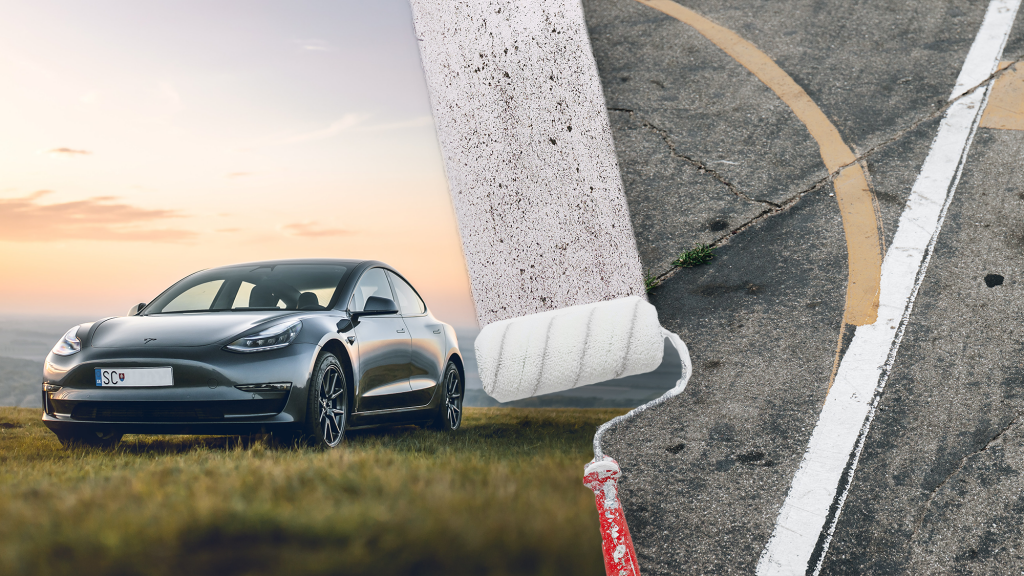
Automated cars need clear, consistent road marking to function without a driver.
Have you ever considered how much Australia relies on line-marking?
Car parks, freeways and multi-lane roundabouts all need clear, durable lines to keep them functioning. It’s something that a lot of us don’t notice until it’s not there. And when we do notice it, we realise just how much we rely on those thin bands of thermoplastic white to guide us on the road.
When we sit behind the wheel of the car, that’s all those lines are: guidance. But for the self driving cars that are beginning to trickle into Australia, line-marking is as important as a functioning steering wheel.
The Department of Infrastructure, Transport, Regional Development and Communications predicts that we’ll see an increase of self driving cars in the next 20 years, to the point where “eventually a human will not need to drive a car at all.”
But are our roads ready for this influx of automated technology?
The short answer is no.
In the current state of things, a freeway’s worth of Teslas would end up flowing less like a stream and more like a white water rapid.
Luckily, the line-marking industry is already hard at work preparing for what would otherwise be a state of vehicular mayhem.
Austroads recently did a survey of eight million line segments across 25,000 km of road in Australia and New Zealand, also interviewing road agencies to assess and develop a plan for updating road markings in the coming years.
Unfortunately, since self-driving cars are such a recent technology, there are no quality standards in place to meet the needs to self driving cars. This was found to be the biggest factor holding agencies back from updating their roads.
In light of all this, Austroads has published a series of reports, detailing what road marking will look like moving forward. The three biggest takeaways are:
- Line-marking is vitally important: Roads that lack some or all line markings need to updated to include edge lines, lane lines and centrelines.
- Line-markings needs to be maintained: As durable as our roads markings are, they don’t last forever. Regular maintenance is a must to ensure that self-driven cars have a clear directions and limitations.
- Road signs need updating: Road signs, especially electronic speed signs, need to be updated to make sure that machine vision systems can interpret them clearly.
As the cars themselves develop better and better technology, the automated vehicle and line-marking industries will meet at a mid-point of detection and clarity where self-driving cars will be safe for widespread use.
Until then, we at Brighter Lines will work hard with the rest of the industry to make sure that Australia is safe for the cars on the road now, and the ones to come.
–
Sources:
https://www.infrastructure.gov.au/transport/automatedvehicles/index.aspx
https://www.riaa.com.au/news-publications/roadmaker-magazine/roadmaker-magazine-2019-edition-3
